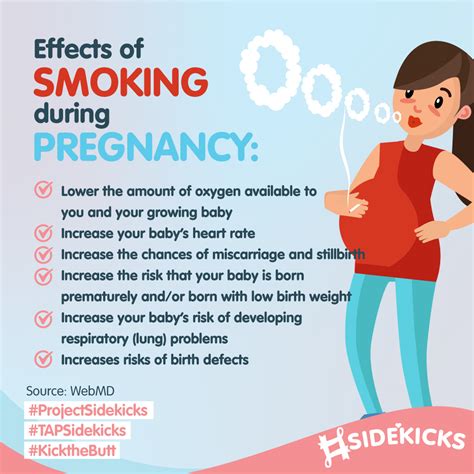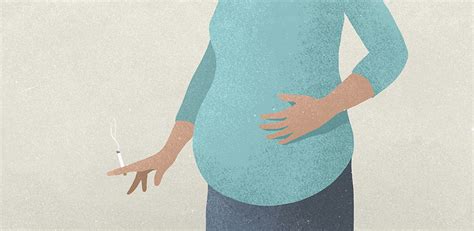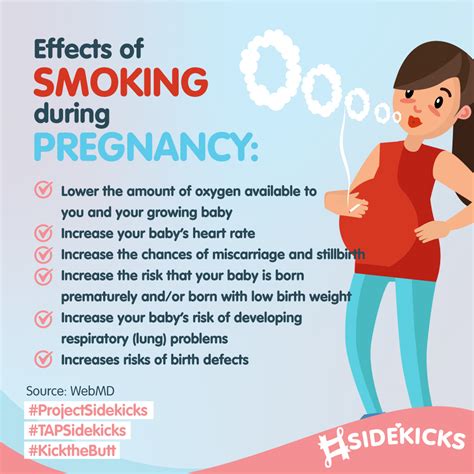Intro
Pregnancy smoking risks include birth defects, miscarriage, and stillbirth, posing serious health threats to unborn babies, highlighting the dangers of tobacco, nicotine, and prenatal smoke exposure.
Smoking during pregnancy is a significant public health concern due to its detrimental effects on both the mother and the developing fetus. The risks associated with smoking while pregnant are multifaceted, impacting various aspects of health and development. Despite the well-documented risks, many pregnant women continue to smoke, often due to nicotine addiction, lack of awareness about the risks, or inadequate support to quit. Understanding the risks and consequences of smoking during pregnancy is crucial for healthcare providers, pregnant women, and their families to make informed decisions and take necessary steps to mitigate these risks.
The prevalence of smoking among pregnant women varies globally, with higher rates observed in certain regions and communities. Factors such as socioeconomic status, education level, and access to healthcare services play a significant role in determining smoking rates among pregnant women. In many countries, public health campaigns and smoking cessation programs have been implemented to reduce smoking rates among pregnant women. However, more efforts are needed to address the persisting disparities and to provide comprehensive support to those who struggle with nicotine addiction.
Smoking during pregnancy exposes both the mother and the fetus to a myriad of harmful chemicals, including carbon monoxide, nicotine, and numerous carcinogens. These substances can lead to a range of complications, from mild to severe, affecting the health and well-being of both. The fetus, being particularly vulnerable, is at risk of growth restriction, premature birth, and various congenital anomalies. Moreover, smoking during pregnancy can have long-term consequences for the child's health, including increased risks of respiratory diseases, cognitive impairments, and behavioral problems.
Health Risks for the Mother

Cardiovascular Risks
Smoking during pregnancy can have profound effects on the cardiovascular system of both the mother and the fetus. Nicotine and other chemicals in tobacco smoke can lead to increased heart rate and blood pressure, straining the cardiovascular system. This can result in decreased blood flow to the placenta, potentially impairing fetal growth and development. For the mother, smoking increases the risk of heart disease, both during and after pregnancy, highlighting the need for comprehensive cardiovascular care as part of smoking cessation programs.Health Risks for the Fetus

Birth Defects and Developmental Issues
Smoking during pregnancy increases the risk of various birth defects and developmental issues. These can range from cleft palate and heart defects to more subtle developmental delays and cognitive impairments. The exact mechanisms by which smoking affects fetal development are complex and involve the interference of tobacco smoke components with normal developmental processes. Understanding these mechanisms is crucial for developing effective interventions to mitigate the risks associated with smoking during pregnancy.Quitting Smoking During Pregnancy

Support and Resources
Access to support and resources is essential for pregnant women trying to quit smoking. This can include smoking cessation programs, support groups, and hotlines. Family and friends can also play a vital role in encouraging and supporting pregnant women in their efforts to quit. Moreover, public health initiatives and policies aimed at reducing smoking rates among pregnant women are critical for creating an environment that promotes smoking cessation and supports the health and well-being of both mothers and their children.Long-Term Consequences

Breaking the Cycle
Breaking the cycle of smoking during pregnancy requires a multifaceted approach that addresses the complex interplay of factors contributing to smoking among pregnant women. This includes improving access to healthcare and smoking cessation services, implementing public health campaigns to raise awareness about the risks of smoking during pregnancy, and promoting policies that support smoking cessation and prevent smoking initiation. By working together, healthcare providers, policymakers, and communities can reduce the prevalence of smoking during pregnancy and mitigate its harmful effects on mothers and their children.Conclusion and Future Directions

What are the primary risks of smoking during pregnancy?
+The primary risks include low birth weight, premature birth, sudden infant death syndrome (SIDS), and various birth defects and developmental issues.
How can pregnant women quit smoking?
+Pregnant women can quit smoking through a combination of counseling, nicotine replacement therapy (NRT), and other smoking cessation strategies, with support from healthcare providers and loved ones.
What are the long-term consequences of smoking during pregnancy?
+The long-term consequences include increased risks of respiratory problems, cognitive impairments, and smoking and other substance use disorders in children, as well as intergenerational health disparities and socioeconomic inequality.
As we reflect on the importance of addressing smoking during pregnancy, we invite readers to share their thoughts, experiences, and questions on this critical topic. Your input can help inform and improve our understanding and responses to the challenges posed by smoking during pregnancy. Together, let's work towards creating a healthier and more supportive environment for mothers and their children to thrive.
